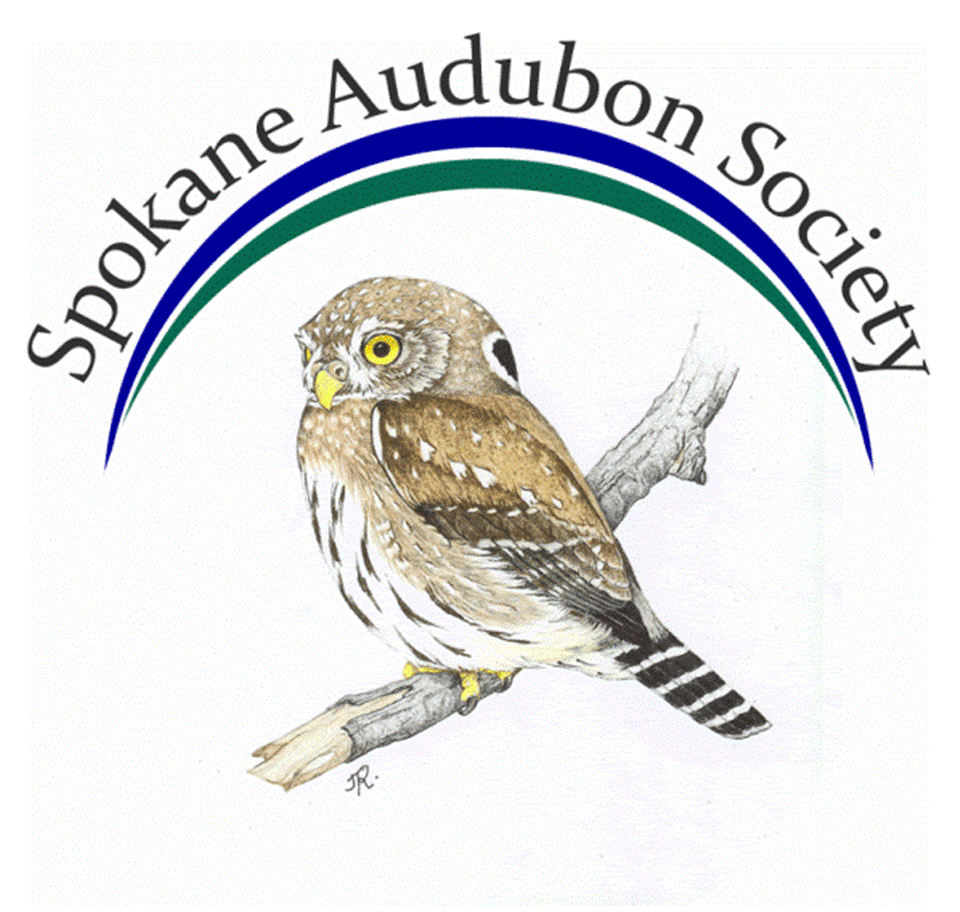Little Pend Oreille NWR Field Trip
Leaders: Bea and Jim Harrison
Written By Bea and Jim Harrison
Red-naped Sapsucker (Photo by Chris Peele)
Located 70 miles north of Spokane, Little Pend Oreille National Wildlife Refuge, (LPO), is a special place that has become an annual destination for one of our Spokane Audubon field trips. With 42,657 acres, an elevation range of 1,800 to 5,600 feet, and numerous water features, this National Wildlife Refuge provides a great variety of bird habitat. It was peaceful and quiet, except for bird calls. Also, the camping is free.
This year we had a great group of folks join us, some new and some very experienced birders, including Chris Peele, Sharon Lindsey, Alice Moravec, Fran Haywood and Lisa Langelier and her husband, Bruce. It was great having Lisa there since she is a former LPO refuge manager. She shared her extensive knowledge of the natural and historical features of the refuge, and some fun stories. We all enjoyed some outdoor together time, after two and a half years of Covid-19 social distancing and isolation. Jim especially enjoyed meeting Lisa’s husband, Bruce and swapping fishing “lies”.
After all these years of birding, it’s the mystery birds that make it interesting. We were slowly birding our way down the trail to MacDowell Lake, and we began hearing a woodpecker drumming. We were all speculating on what it was but could not see the bird high in one of the numerous dead trees. We had 180 years of birding experience standing around in a small group debating what that little bird was. With that volume and rhythm, the common consensus was it had to be a Pileated Woodpecker. The loud hammering echoed through the forest, with a haunting vibration. Finally, Jim spotted something high in the trees. The hammerer had a black back and some white, but it was too small for a piliated. Lisa said she saw some red on the throat and deduced it was a sapsucker, a red-naped. This Red-naped Sapsucker had found a hollow tree with the acoustics of a Tyco drum and he had fooled us completely.
The first day we had nice weather but cloudy which sure made identifying the little dark silhouettes in the top of the trees tough. Overnight rain lingered into our second day. Overall, the bird activity was slower than in past years. Perhaps our cooler weather this Spring? Some of the birds we commonly see, like MacGillivray’s Warblers, couldn’t be found.
We saw and heard about 50 species.
We will see what happens next May.
Common Goldeneye (Photo by Bea Harrison)
Upland Habitat (Photo By Bea Harrison)




